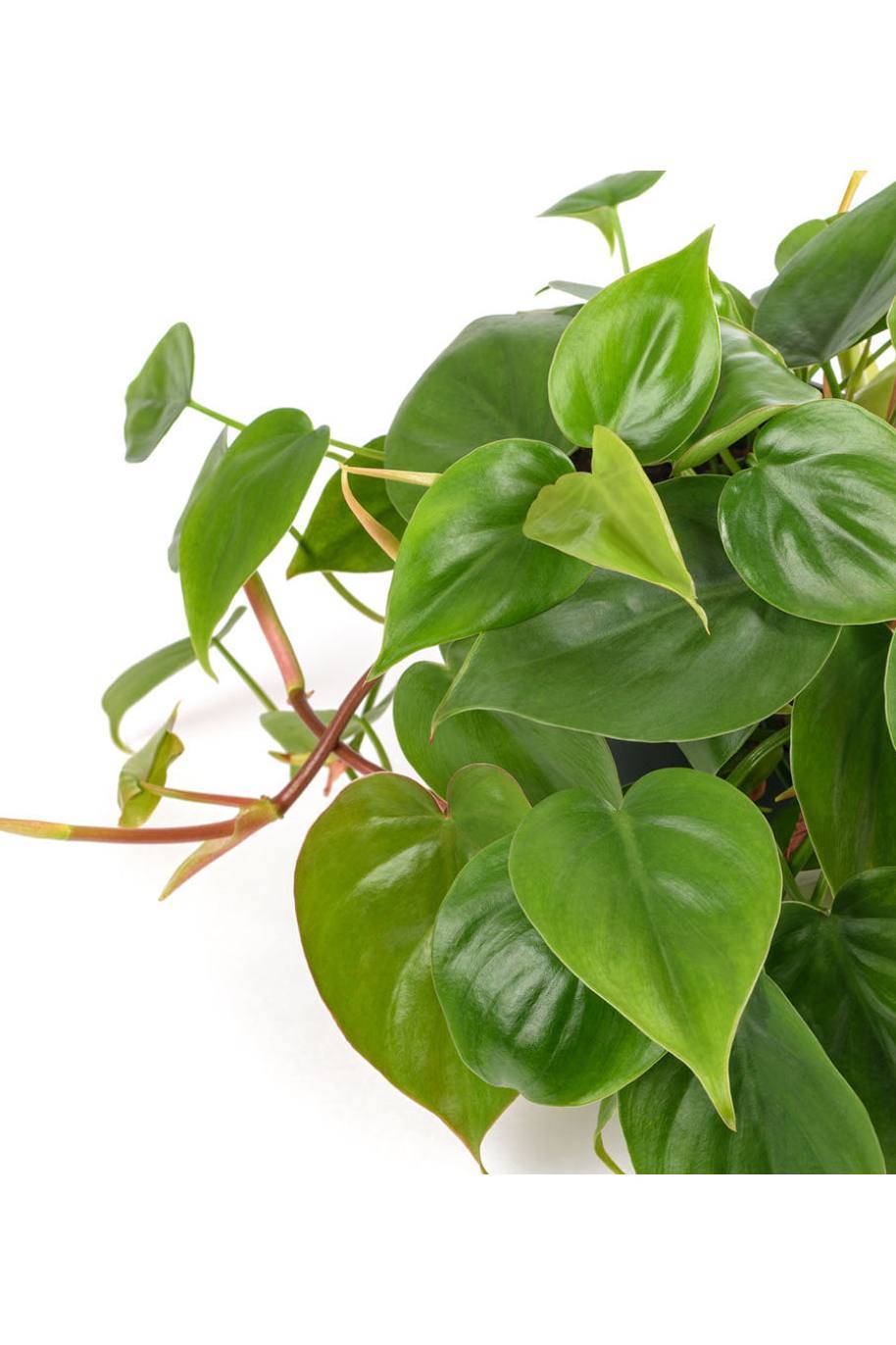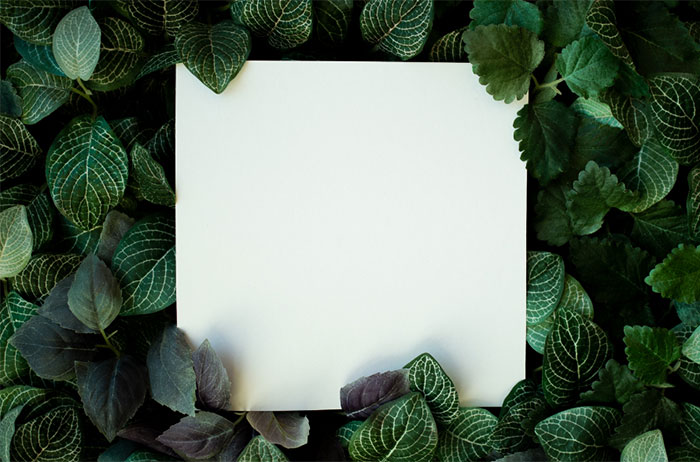Plant Bio
For generations, philodendrons have served as a mainstay in interior gardens. Philodendron care is easy because if you watch for the signals, the plant will tell you exactly what it needs. Even inexperienced houseplant owners will have no trouble growing philodendron plants because they adapt readily to the conditions inside the home. This makes learning how to care for a philodendron incredibly simple.
Light : Provide dappled, bright light, mimicking what is found under a tropical canopy. Philodendrons can be acclimated to nearly direct sunlight in the right conditions, but they thrive in light shade. If you notice many of the leaves turning yellow at the same time, it can indicate you are giving the plant too much direct light. If you notice it is getting leggy, it may need more light.
Soil : Philodendrons like rich, loose potting media that will drain well but is still high in organic matter. They can grow in 100 percent sphagnum peat moss.
Water : Keep the growing medium moist at all times. Push aerial roots into the soil on climbing varieties.You will need to avoid overwatering or you can get root rot. If the leaves are drooping, it could indicate either too much water or not enough.
Temperature and Humidity : Their temperature range is variable, but no philodendron likes going below about 55 degrees Fahrenheit for long. They like humidity, so you might maintain the humidity around them with a pebble tray of water. Mist them frequently during the growing season, about every two days.
Fertilizer : Philodendrons will produce larger leaves and be healthier if you fertilize them regularly. Use slow-release pellets at the beginning of the growing season, or weekly liquid fertilizer. During the winter you only need to fertilize about once per month.









